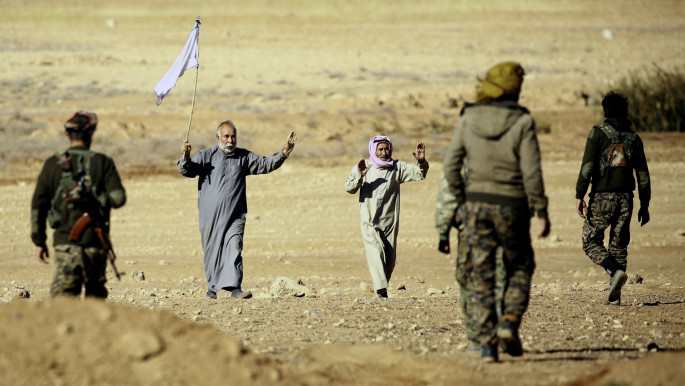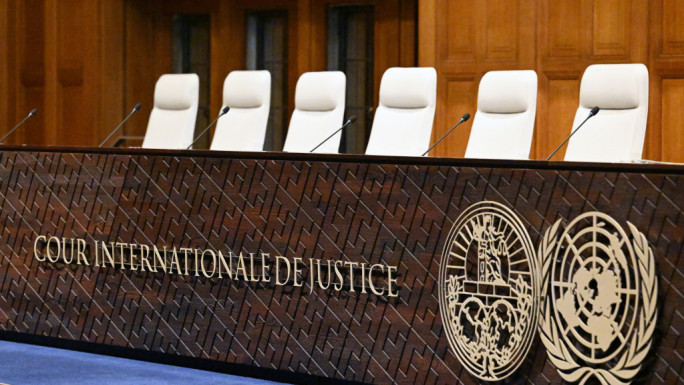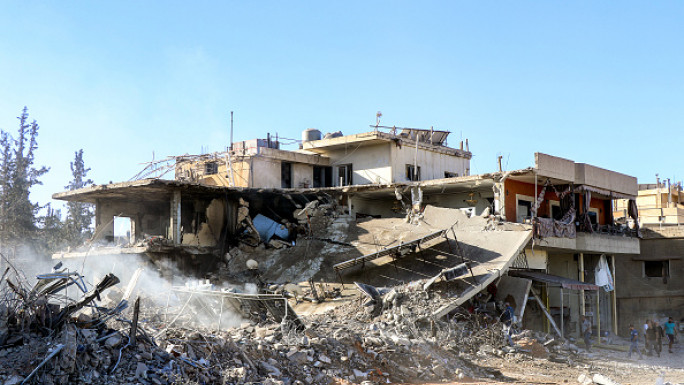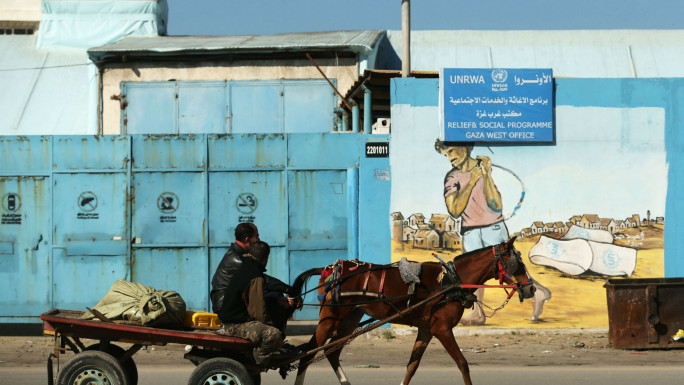IS 'using entire Raqqa population as human shields'
IS leaders transported their own families outside of the northern Syrian city before planting a belt of landmines and checkpoints in and out of Raqqa to prevent civilians from escaping.
All men were ordered to wear the militants' garb of baggy pants and long shirts, making it difficult to distinguish militants from civilians, according to an AP report.
It is estimated 300,000 people are trapped inside the city, living in terrifying uncertainty over their safety.
"The people really don't know where to go," an activist told AP, adding residents were caught between airstrikes, land mines and IS fighters mingling among civilians.
Enormous tarps have been stretched for blocks in the city centre to hide the militants' movements from spy planes and satellites.
 |
It is estimated 300,000 people are trapped inside the city, living in terrifying uncertainty over their safety |  |
Airstrikes by the US-led coalition shake the city almost daily, mainly hitting northern neighbourhoods, amid reports of civilians killed by strikes in the nearby countryside.
Leaflets dropped by coalition warplanes give confusing directions - one suggests areas closer to the Euphrates River are safer, but then another warns that boats crossing the river will be struck.
Raqqa, a provincial capital on the northern bank of the Euphrates, is the next major battle against IS as Iraqi forces push to complete the recapture of northern Iraqi city of Mosul, where civilians are also in grave danger, after nearly six months of fighting.
For the Raqqa campaign, a multi-ethnic force of Syrian fighters, dominated by Kurds and supported by US Special Forces, artillery and air power, have been manoeuvring to isolate the city.
Battle-hardened militants in Syria are leading the defence in Raqqa, bolstered by reinforcements from those who withdrew from Mosul and other parts of Iraq.
About 2,000 militants are en route from Iraq, said Eyas Dass, editor of Al Raqqa Post, an opposition website that documents atrocities by IS and the Syrian government.
As many militants are already in Raqqa, according to Tim Ramadan, an activist with the group Sound and Picture.
 |
Rami Abdel Rahman, head of the Syrian Observatory for Human Rights, estimated over 4,000 fighters in the city |  |
Rami Abdel Rahman, head of the Syrian Observatory for Human Rights, estimated over 4,000 fighters in the city.
Earlier this month, the militants used their artillery in the city for the first time, a sign of how close the Kurdish-led Syrian Democratic Forces have come.
The SDF has positions to the north, west and east - their closest position is about eight kilometres [4.9 miles] from Raqqa to the northeast.
US-led coalition aircraft destroyed 18 bridges, including the main ones out of the city across the Euphrates.
Airstrikes have also focused on the former base of the Syrian military's 17th Division, north of the city, now a major IS base. Most of its buildings have been destroyed, activists say.
 |
| Those who make it to SDF-controlled areas risk being turned back unless they have someone vouch for them [AFP] |
Impossible to escape
For days, leaflets were dropped by coalition warplanes warning of impending strikes. More than two million have been dropped in two weeks, according to the coalition.
One urged those living in tents to move closer to the Euphrates, according to a resident and the US military in Baghdad.
Another warned residents not to board the small boats that are the only way to cross the river, whether for daily errands or to flee Raqqa.
"[IS] is using boats and ferries to transport weapons and fighters. Do not use ferries or boats, airstrikes are coming," the flyer said.
Getting smuggled out is too expensive for most.
 |
Getting smuggled out is too expensive for most |  |
Smugglers - most often IS militants fighters looking to make a profit - charge 300 to 500 US dollars a person and sometimes as high as 1,000 US dollars to get out of the city, according to several activists and a Western aid worker familiar with the situation. The aid worker, who spoke to AP, declined to be identified for fear of jeopardising his group's work and safety.
Once outside, they face the danger of the land mines. The aid worker said one man who staggered into a camp for the displaced had lost a child from a roadside bomb and was himself gravely injured.
Those who make it to SDF-controlled areas risk being turned back unless they have someone vouch for them, according to Muhab Nasser, an activist from Raqqa province.
He told AP some had been refused entry by SDF fighters, suspicious of IS infiltrators or sympathisers.
The cost of being smuggled out of Syria entirely is a prohibitive 3,000 to 4,000 US dollars per person, according to Sarmad al-Jilane, a Sound and Picture activist in Turkey. Turkey also is cracking down on crossings.
As a result, few from Raqqa are found in southern Turkey, where hundreds of thousands of Syrians have fled the civil war.
The aid worker also said so far there is no refugee crisis from Raqqa - a chilling sign of how hard it is to leave.
Agencies contributed to this report.





 Follow the Middle East's top stories in English at The New Arab on Google News
Follow the Middle East's top stories in English at The New Arab on Google News


![Algeciras port [Getty]](/sites/default/files/styles/image_330x185/public/75377010.jpeg?h=327453ef&itok=KfCFUEza)